Following on from his initial outline of the project, David Bickley continues with some news of progress in the production process.
The brilliant, hard-working Adrian Rodda has finished our epic verse for this unique audio visual project and production continues at a “fair auld lick” (despite the weather!).
This poetic endeavor seems to have started a trend as I am now working with Irish poet Anne
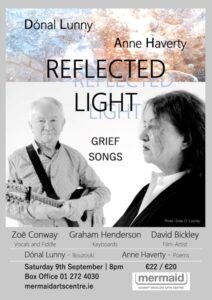 Haverty (widow of Beckett biographer Anthony Cronin) on a live audio visual show.
Haverty (widow of Beckett biographer Anthony Cronin) on a live audio visual show.
I have been keeping busy writing the underscore for the soundtrack with Steve Bayfield, and have also been given access to a vast collection of recordings of ancient instruments from the the brilliant Simon and Maria O’Dwyer (who have a studio in hills of north Galway, and who featured in my Celtic Songlines documentary). These instruments are reproduction Bronze and Iron Age horns, bells and flutes — the Bronze Age Dord, a side-blown horn played with harmonic overtones has come to symbolise the horse skull, Penglas, a main protagonist in our story. I have also used some recordings of the stamp mill that Steve I made in King Edward Mine back in 2006.
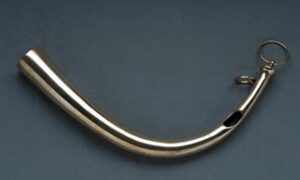
Inspired by the late, great Anna Massey’s reading of various du Maurier stories I called over to see my good friend Alison Glennie. Alison is an actress and veteran of many films and BBC television dramas (she was in a Children’s Film Foundation film set in Cornwall when she was only eight years old https://youtu.be/qC80oXlR_e0), as well as a prolific reader of literature for RTÉ Radio’s Book on One. The producer of that programme joined us in Alison’s West Cork cottage to supervise, and we recorded Adrian’s verse (with Alison channeling her best Anna Massey!).
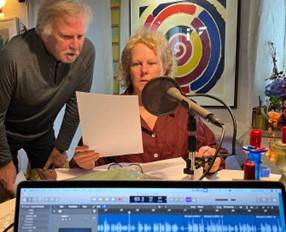
I anticipate this being interspersed with Cornish translations, bouncing backwards and forwards between the languages to maintain the lyrical rhythm but place the narrative distinctly within our Celtic heritage. This is something I used before in The Celtic Songlines, cooking up a delicious linguistic soup of Cornish, Irish, Manx, Gaelic, Breton, Welsh, Galician and English. It was also interesting to note that Alison’s kitchen was resplendent with some prints of Patrick Heron and Terry Frost, so we really felt that Penwith “was in the room”.
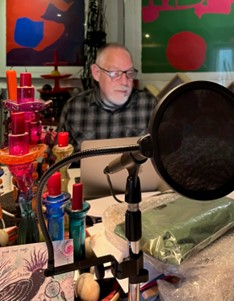
Tom Goskar has also been busy developing some 3D work of Chun Quoit and the Men an Tol. I have then taken these and processed them using various film editing techniques. These will be
mixed with actually cinematic footage of the sites, both bespoke and from archive.
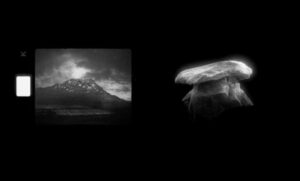
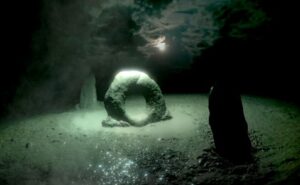
I also discovered an ancient “Betacam” tape of John Potter’s Pendeen film, that I had helped edit way back in the late 90’s — I managed to get this digitised and was delighted to see the familiar faces of John, Dom Hudson and Marcus Perry amongst others, and also some fantastic shots of the mine and its many luminous minerals. These will be employed to extend and put in context
the underground visual elements.
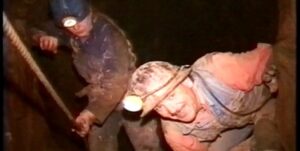

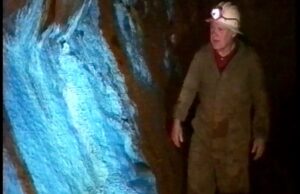
We anticipate presenting this project in some form (film, installation or live event) at next year’s Lowender festival so it’s full steam ahead with editing and music!
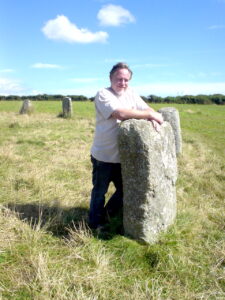 David at the Merry Maidens
David at the Merry Maidens
David Ian Bickley is a filmmaker, composer and installation artist. Originally from the West Country, David now lives and works in West Cork, Ireland.
